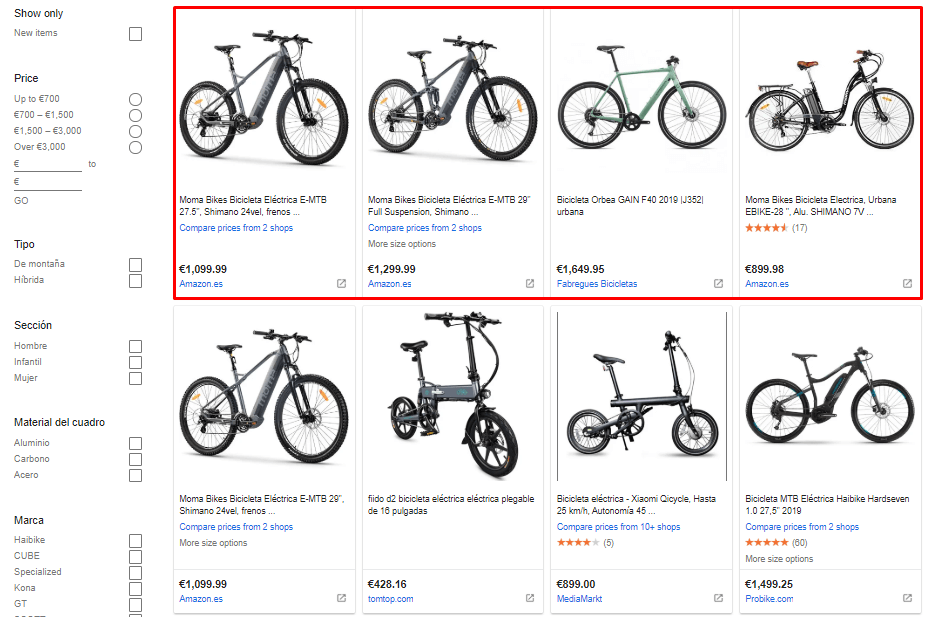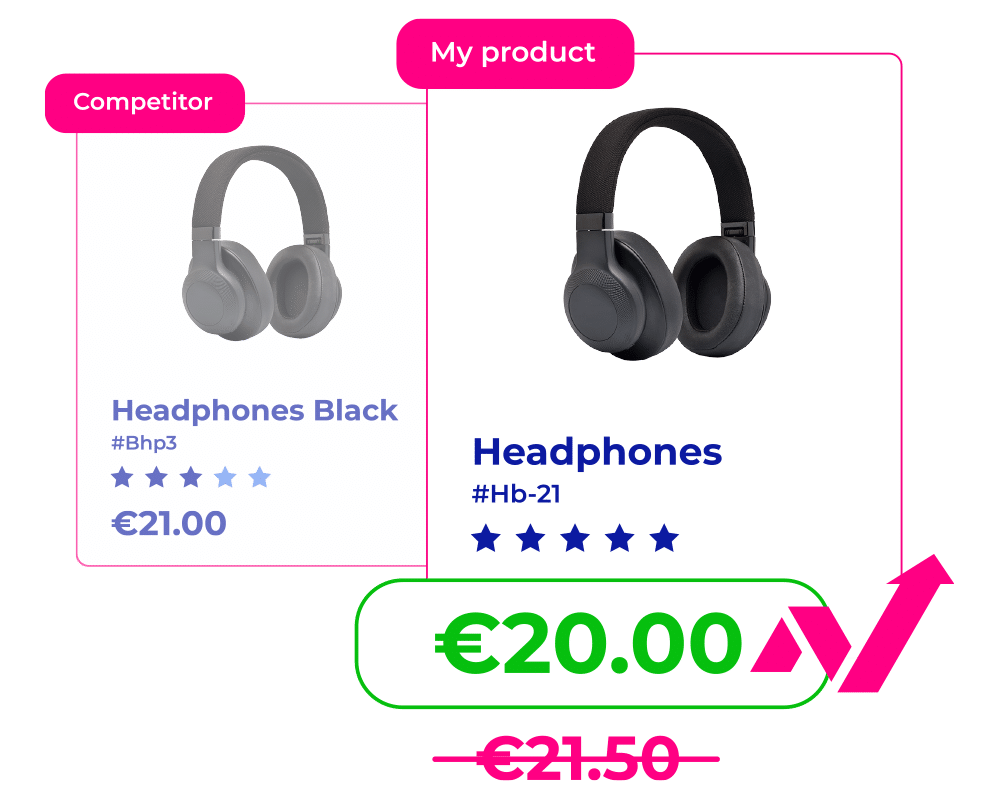Synchronize your catalog with Google Shopping and maximize the sales of your e-commerce by optimizing the product selection to that platform.
Google Shopping has become one of the most effective platforms to make your store visible online and bring more traffic and conversions. Even though the level of competitiveness is really high, some tools allow you to improve your performance and optimize your activity in that distribution channel.
The good thing about GS is that it allows you to position your most competitive products in the searching engines, offering you more visibility among consumers. Besides, it includes more detailed information at first sight than Google Adwords does, for instance. Google Shopping remarks the product itself, not the website, and it contains images, characteristics, price and source website. All this gives more detailed information to the user who can make better decisions about where to buy.
Catalog synchronization
It is counter-productive to upload your entire catalog directly to Google Shopping. As there is the CPC (cost per click), every time a user clicks on one of your products, it charges you with a small fee that can grow considerably for all your products. That can turn more into an expense rather than a benefit opportunity. That is why selecting products optimally in this platform can make the difference between a profitable campaign and a regular one.
But what does “selecting products optimally” actually mean? Probably, some of the products in your catalog are not competitive enough (in terms of pricing) to compete inside your vertical. There is a way to change this: monitoring competition to keep constant and updated track of market’s pricing, and readjusting afterwards the prices of your products to increase your level of competitiveness.
This way, if you optimize your products in terms of pricing, you have more chances to increase conversions of your store, because most of the users tend to decide where to buy basing their decisions primarily on the products’ prices. Thus, only those products that meet your criteria will be included in GS, so you can keep optimized your product configuration.
Besides, there are some tools with which you can automatically synchronize your catalog with Google Shopping’s feed; that will give you more time to decide what products to select.
Improve your positioning by controlling your metrics
As we already said, there is much competition between e-commerce stores in Google Shopping. Nonetheless, there are ways to improve your presence in that channel and stand out from your competitors. You can improve your positioning by controlling three vital metrics: price index, profit margin and conversion rate.
Price index measures your competitiveness level inside your vertical, profit margin indicates the difference between purchasing costs and final sale price; and conversion rate shows the number of final sales made through your online store.
Take a look at these three metrics, and you will be able to optimize your online performance. Especially it is necessary to play with the three of them, do not focus uniquely on one, as they are all correlated: any change in one will modify another.
Proper positioning in Google Shopping will bring more traffic and more visibility among consumers, that translates into an increase of conversions.
Then, these are the main steps when using GS:
- Market monitoring and shopping feed’s optimization.
- Selection of most-competitive products and catalog synchronization with GS.
- Positioning improvement via three main metrics.







